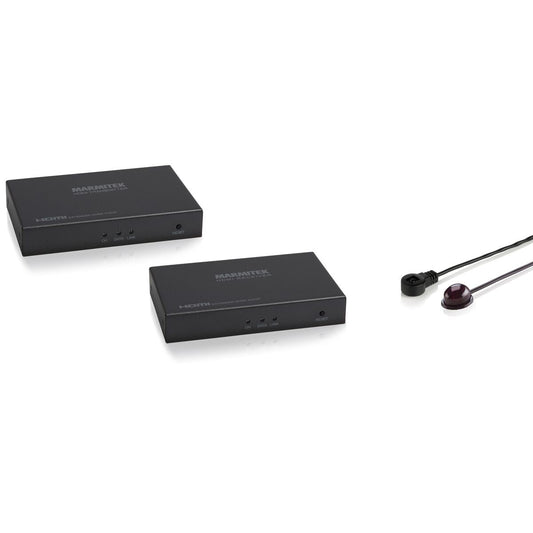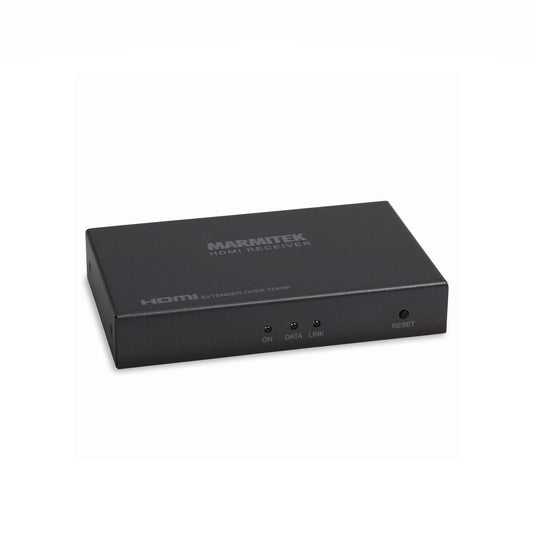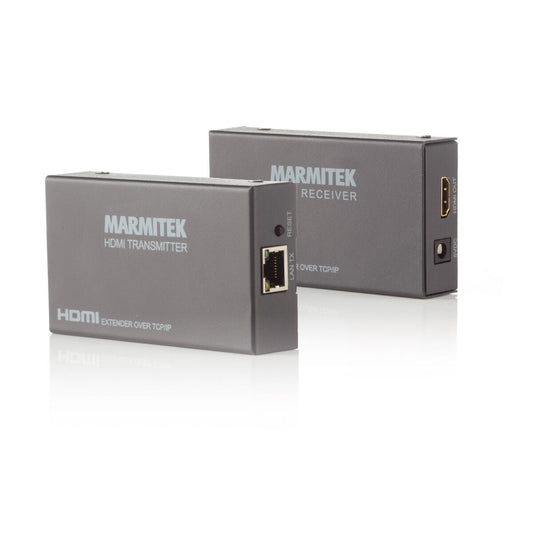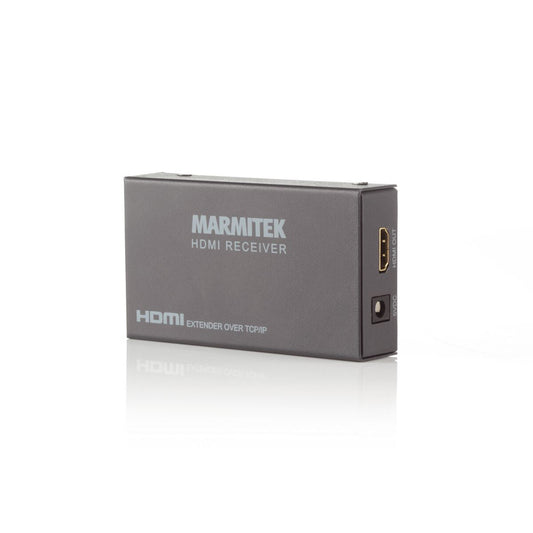-
HDMI Standard
HDMI, DVI, EDID, HDCP
Resolution
480p, 576i, 576p, 720p, 1080i, 1080p
Range
120m@1080p
Data Transfer
TCP/IP
Video Bandwidth t
6.75 Gbps
Dimensions
25 x 105 x 60mm
In stock
Delivered between 2 to 5 days
€ 169,99Unit price per€ 0,00€ 169,99 -
Compatible
MegaView 91
HDMI standard
HDMI, DVI, EDID, HDCP
Resolution
480p, 576i, 576p, 720p, 1080i, 1080p
Range
120m@1080p"
Data transfer
TCP/IP, H.264 Compression
Dimensions
25x105x60mm
In stock
Delivered between 2 to 5 days
€ 89,99Unit price per€ 0,00€ 89,99 -
HDMI Standard
HDMI, DVI, EDID , HDCP
Resolution
480p, 576i, 576p, 720p, 1080i, 1080p
Range
120m@1080p
Data Transfer
TCP/IP
Video Bandwidth
6.75 Gbps
Dimensions
25 x 105 x 60mm
In stock
Delivered between 2 to 5 days
€ 149,99Unit price per€ 149,99 -
Compatible
MegaView 90
HDMI Standard
HDMI, DVI, EDID, HDCP
Resolution
480p, 576i, 576p, 720p, 1080i, 1080p
Range
120m@1080p
Data Transfer
TCP/IP, H.264 compression
Dimensions
25 x 105 x 60 mm
In stock
Delivered between 2 to 5 days
€ 79,99Unit price per€ 0,00€ 79,99
FAQ
What is an HDMI over ethernet extender?
How does an HDMI over ethernet extender work?
When should you use an HDMI over ethernet extender?
Is there a difference between HDMI cables and an HDMI over ethernet extender?
Can an HDMI cable be extended via Ethernet?
What do I need for an HDMI over ethernet extender?
Does an HDMI over ethernet extender support 4K and HDR?
Can I connect multiple screens via an HDMI over ethernet extender?
Is an HDMI over ethernet extender difficult to install?
What is the difference between an HDMI over ethernet extender and HDMI over UTP extender?
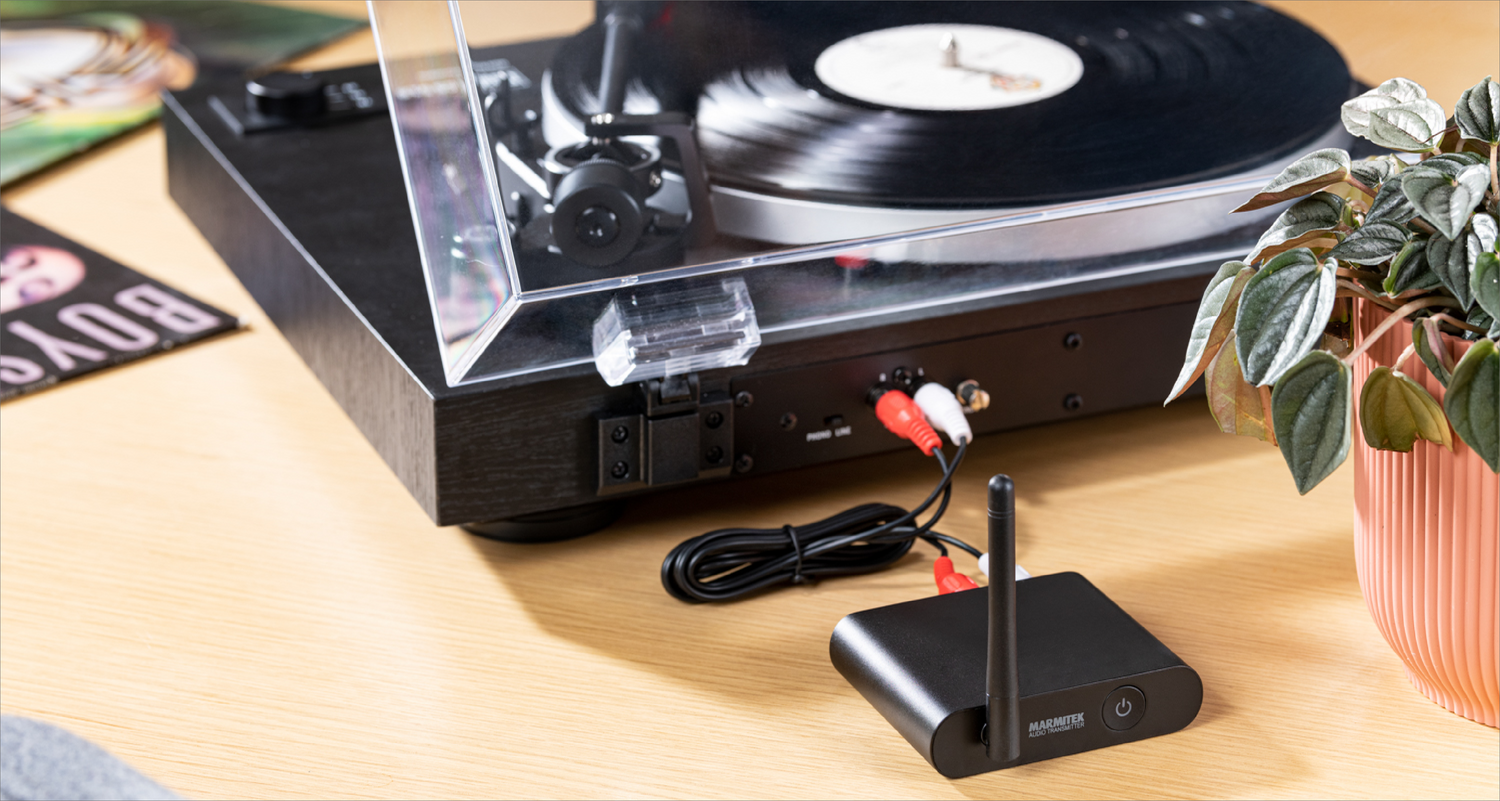
Can't figure it out?
We are happy to help you!
If you have any questions about our products or our services, do not hesitate to contact our customer service. Our employees are ready to help you and answer your questions.



